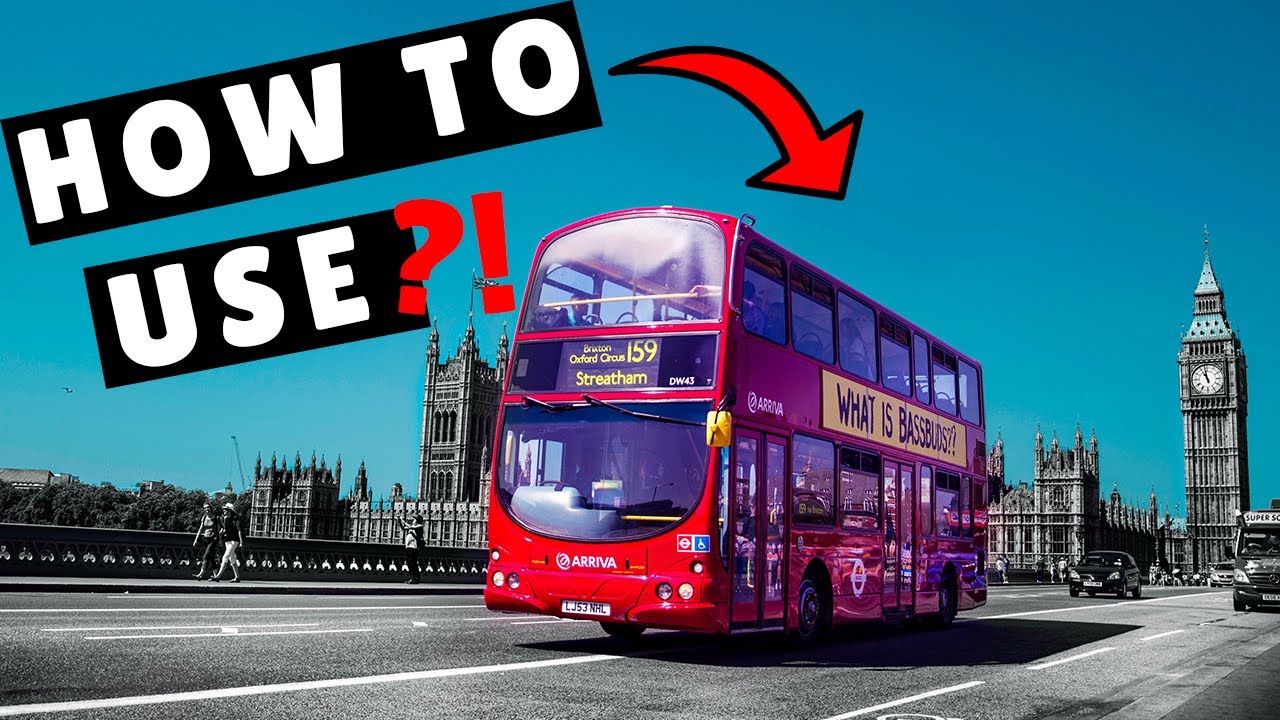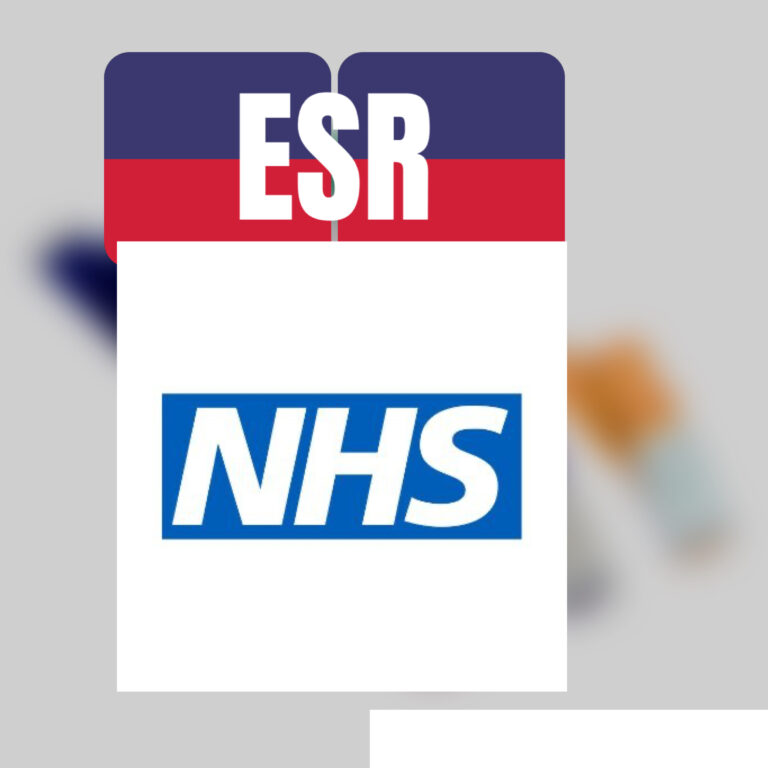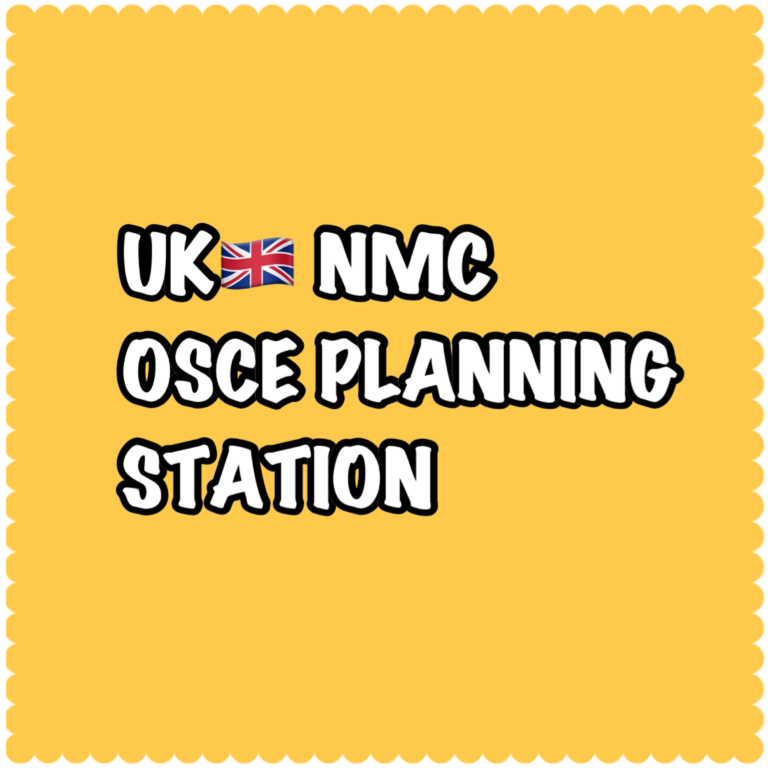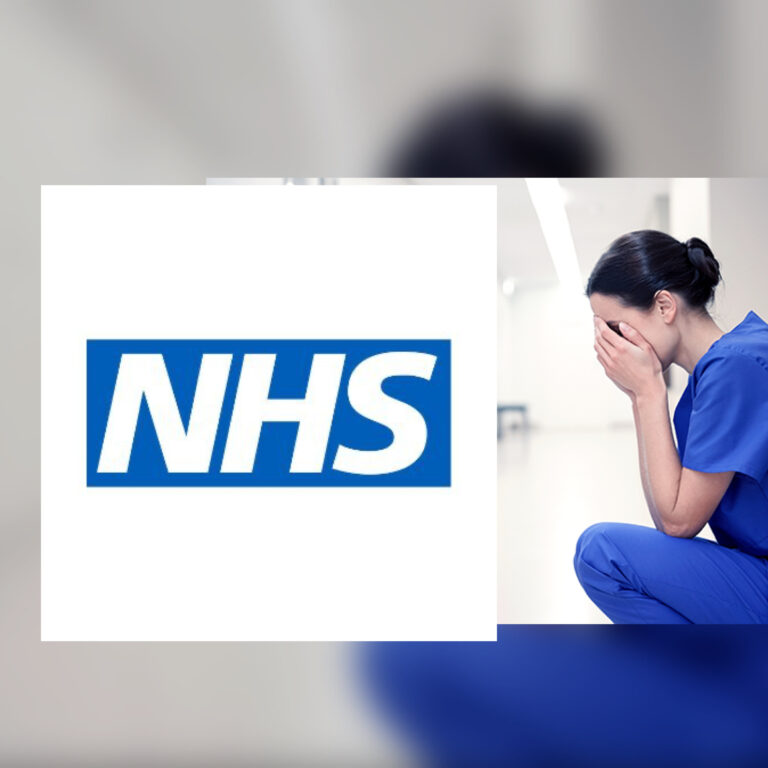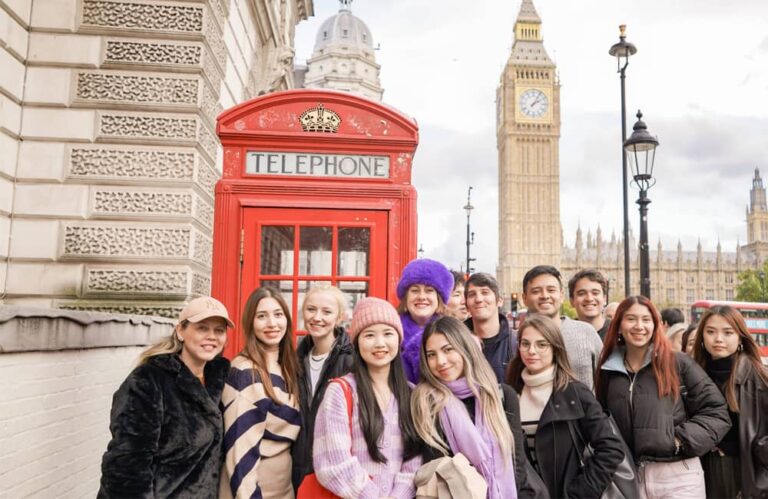How To Take A London Bus Beginners Guide
How To Take A London Bus Beginners Guide

London’s iconic red double-decker buses are not only a symbol of the city but also a convenient and affordable way to get around. If you’re new to London or just visiting, here’s a step-by-step guide to help you navigate the bus system with ease.
1. Understanding Bus Numbers and Routes
London buses are numbered, and each number corresponds to a specific route. You can find route maps and timetables at bus stops, on the Transport for London (TfL) website, or using apps like Citymapper and Google Maps1. These tools will help you plan your journey and find the best bus to take.
2. Paying Your Fare
You cannot pay with cash on London buses. Instead, use an Oyster card, contactless payment card, or mobile payment (Apple Pay, Google Pay). Simply tap your card or device on the yellow card reader as you board the bus1.
3. Finding Your Bus Stop
Bus stops are marked with a red and white sign featuring a bus symbol and the stop name. Each stop has a letter code (e.g., Stop A) and displays the bus numbers that serve that stop. Make sure you’re at the correct stop for your bus1.
4. Boarding the Bus
When your bus approaches, signal the driver by raising your hand. Buses will only stop if someone signals or if passengers need to get off. Enter through the front door and tap your card on the reader. If you have luggage or a stroller, there are designated spaces for them1.
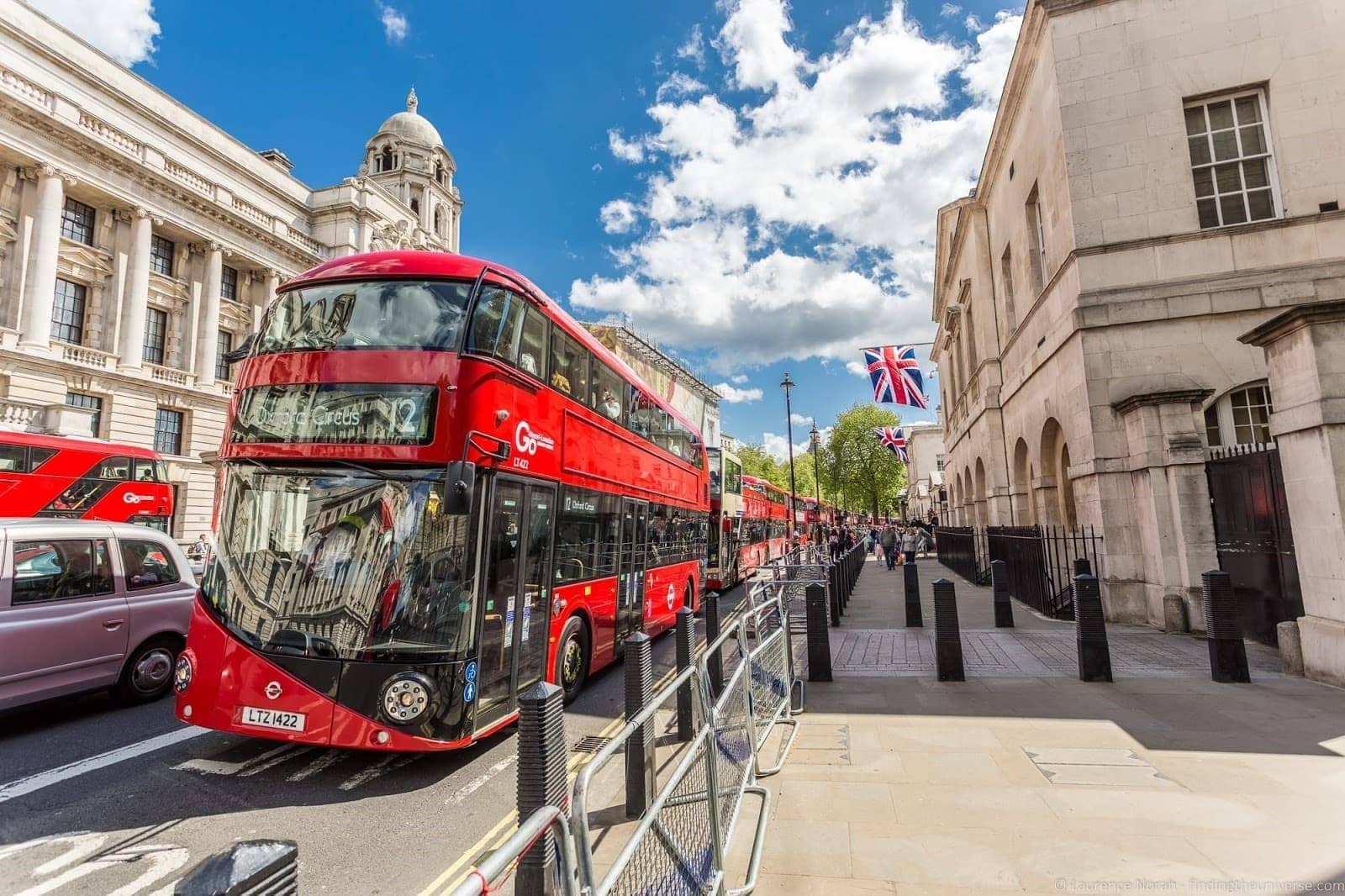
5. Finding a Seat
Once on board, find a seat or stand if the bus is crowded. The upper deck of double-decker buses offers great views of the city. Hold onto the handrails if you’re standing, as the bus can start and stop suddenly1.
6. Requesting a Stop
To get off the bus, press one of the red “stop” buttons located throughout the bus. The “stop” sign at the front will light up, signaling the driver to stop at the next bus stop. Make sure to press the button in advance to give the driver enough time to stop safely1.
7. Exiting the Bus
Exit through the middle or rear doors. Be mindful of other passengers and ensure you have all your belongings before leaving the bus1.
8. Night Buses
London has a network of night buses that operate after the Tube has closed. These buses are marked with an “N” before the route number (e.g., N15). Night buses are a safe and reliable way to travel late at night1.
9. Accessibility
They have low floors, ramps, and designated spaces for wheelchairs and strollers. If you need assistance, don’t hesitate to ask the driver1.

10. Helpful Apps
Use apps like Citymapper, Google Maps, or the TfL Go app to plan your journey, check live bus times, and find the nearest bus stops. These apps provide real-time updates and can help you navigate the bus system efficiently1.
Final Tips
- Avoid Rush Hour: Buses can get very crowded during peak times (7-9 AM and 5-7 PM). If possible, travel outside these hours for a more comfortable journey.
- Stay Safe: Keep an eye on your belongings and be aware of your surroundings, especially in crowded areas.
- Explore: Buses can take you to parts of London that the Tube doesn’t reach. Use them to explore different neighborhoods and see the city from a new perspective.
Taking a London bus is a great way to experience the city like a local. With these tips, you’ll be navigating the bus system with confidence in no time. Enjoy your journey!
